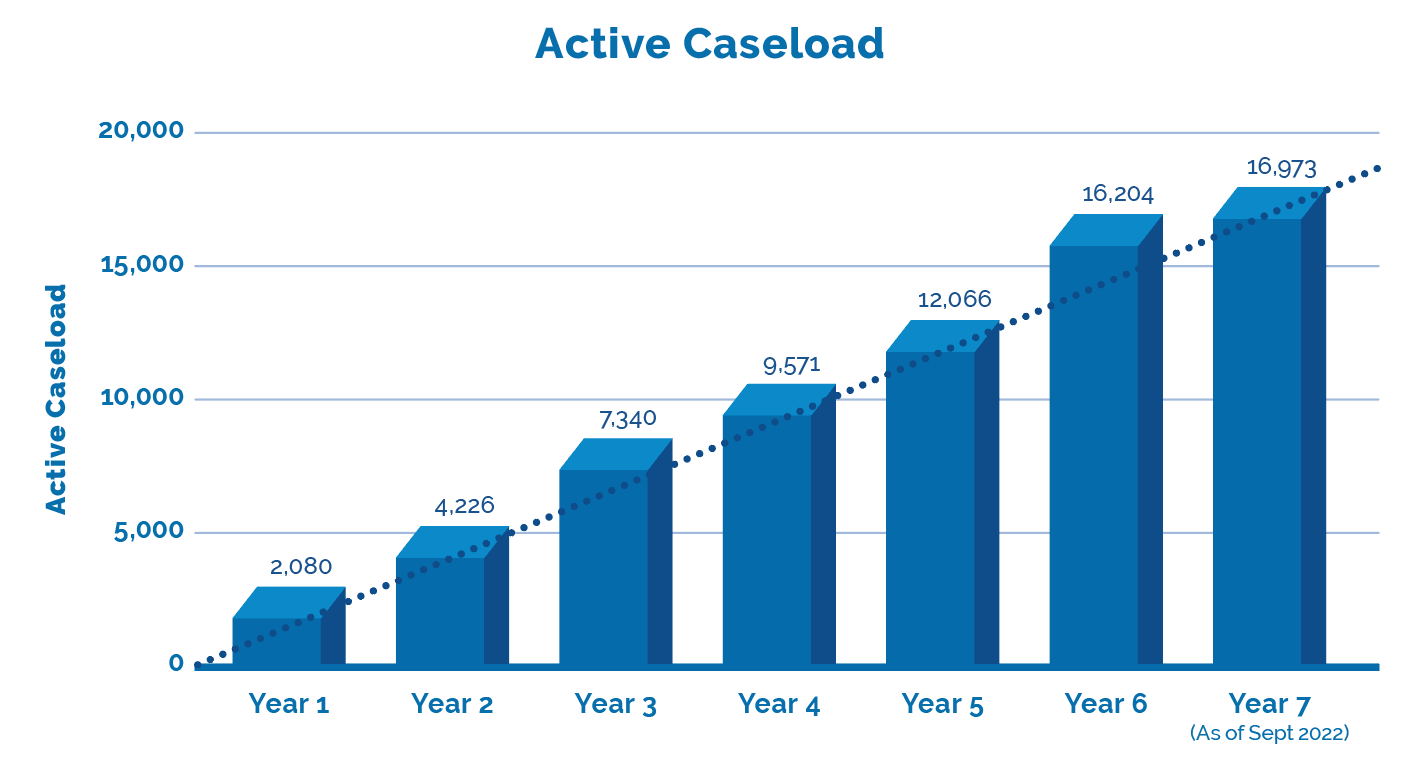
MIG Update – July 31, 2023
AMA Guides and Competing Expert Opinions
This week’s case, a MIG escape, the Tribunal considered both the Applicant and Respondents expert opinions where both assessors relied on the definition of chronic pain syndrome in the American Medical Association Guides to Permanent Impairment (AMA Guides). ‘This is one of the many ways to diagnose a person with this condition’ We review the difference in their findings.
LAT Update – What Difference Did A Year Make?

The LAT released Performance Stats up to mid-year 7 which is current through to the end of September 2022. Together with the LAT’s last update we can now provide a comparison of year over year, with projections through to the end of year 7 in this annual update. What difference did a year make?
Factor: AMA Guides – Competing Expert Opinions
In Hasrat v. Belair, 2023 ONLAT (21-005835), Ahmed Hasrat was injured in an accident on August 13, 2020 and sought entitlement to five Treatment Plans for chiropractic services, massage therapy, psychological assessment and chronic pain assessment totaling $11,361.37.
Hasrat relied on the diagnosis of Dr. Wilderman who opined in his report of September 2021 Hasrat met all 6 criteria in support of chronic pain syndrome. In addition, the records of his family doctor, physiatrist and treatment records from A MED Physiotherapy and Rehabilitation supported that he should be removed from the MIG.
Aviva argues that Hasrat has soft tissue injuries based on the opinion of Dr. Hanna, a general practitioner, who concluded Hasrat did not meet the diagnostic criteria for chronic pain syndrome. That soft tissue injuries healing should have occurred within the first 12 weeks and that further facility-based treatment is unlikely to have long-term benefits. As well as the opinion of Dr. Mandel, that Hasrat did not have sufficient objective information to support a psychiatric diagnosis.

The Tribunal found:
- Dr. Wilderman’s opinion was preferred over that of Dr. Hanna’s as it fell more in line with Hasrat’s medical records.
- Hasrat established dependency on drugs and other substances meeting the first criteria. Hasrat was prescribed Baclofen and Mobicox to assist with muscle spasm and pain, The GP records reflected numerous visits within the first 4 months with documented complaints of pain. Further he was referred to a physiatrist by his GP in July 2021 where he began to receive injections for neck pain.
- On the second criteria failing to restore his pre-accident function after a period of disability the GP records on February 26, 2021 – note that Hasrat has not been playing with his daughter after the accident. Hasrat also reported to both assessors that he decreased the amount of time he has been working each week and that he was no longer able to participate in household chores that he was responsible for before the accident.
- Hasrat had developed psychosocial sequelae after the initial incident, including anxiety, fear avoidance, depression, or nonorganic illness behaviours, the third criteria. The physiotherapist reports on August 25, 2020, that Hasrat has anxiety, fear of driving and is having difficulty sleeping. In February 2021 Hasrat reported to his GP that he has been irritable and argumentative. In March 2021 the symptoms continued and he was now reporting insomnia for which his GP prescribed medication.
- Based on Hasrat’s ongoing pain and psychological complaints the chronic pain and psychological assessment were reasonable and necessary.
- In contrast to Dr. Hanna’s opinion the treatment plans and medical records reflected treatment once per week for 29 weeks which were outside the normal healing time. Therefore, Hasrat was entitled to the five Treatment Plans in dispute for chronic pain assessment, psychological assessment, chiropractic services and massage therapy totaling $11,361.37.
If you Have Read This Far…
Our MIG Monday series discusses the multitude of factors to consider when evaluating a risk position on MIG cases. The Tribunal has ruled on the MIG in 24% of the decisions so far. Each case is nuanced, but with similar factors.
Inform your position & present persuasive arguments. Include an Outcome Analysis Report (OAR) in your case evaluation complete with For/Against cases. Need an OAR?
inHEALTH Keeps you LAT inFORMED With Access To:
1. LAT Compendium Database – a relational database of LAT and Divisional Court Decisions equipped with multiple search options, Smart Filters, and concise case summaries
2. Notifications: – weekly LAT inFORMER delivered to your inbox Wednesdays; Newly Added Decisions on Fridays and Breaking News as and when it happens
3. Research Support: – inHEALTH’s Live Chat Experts for guided searches and technical inquiries.
Sign up for a 14 day free trial below to experience the service and see how it can help guide your decision making.